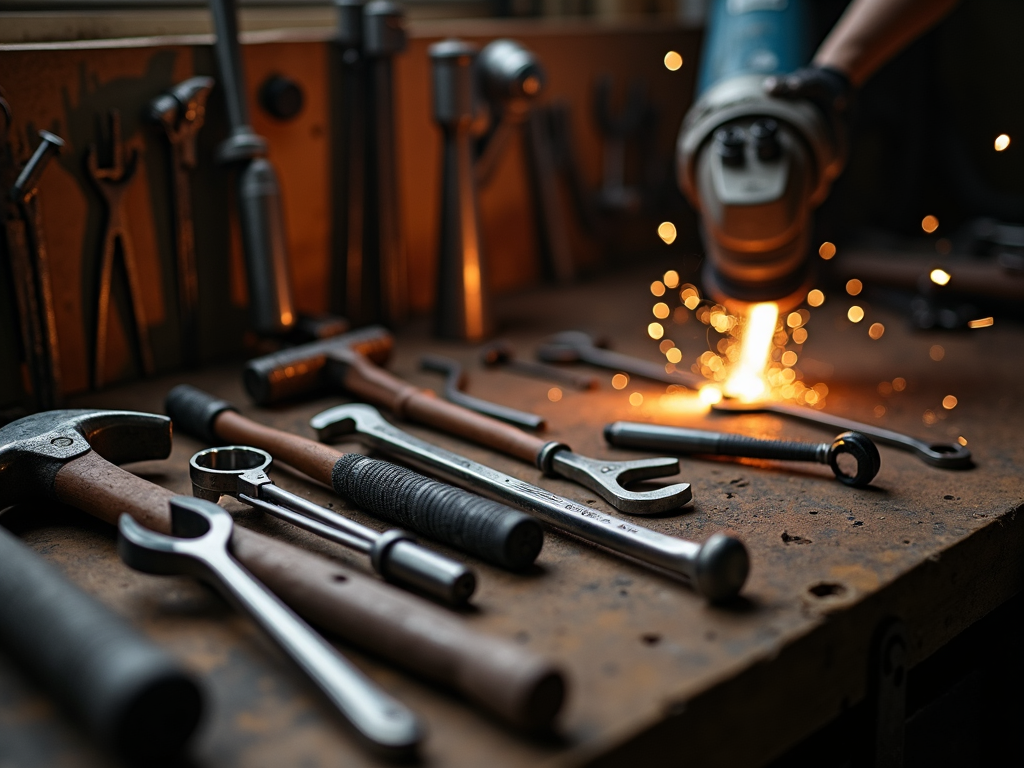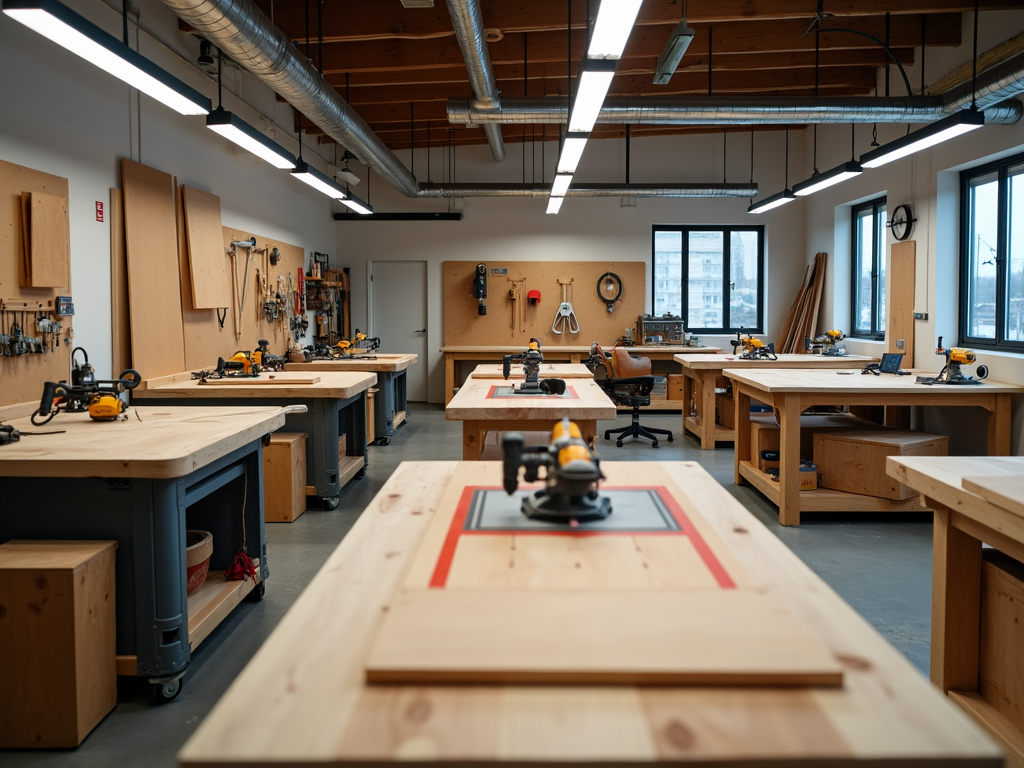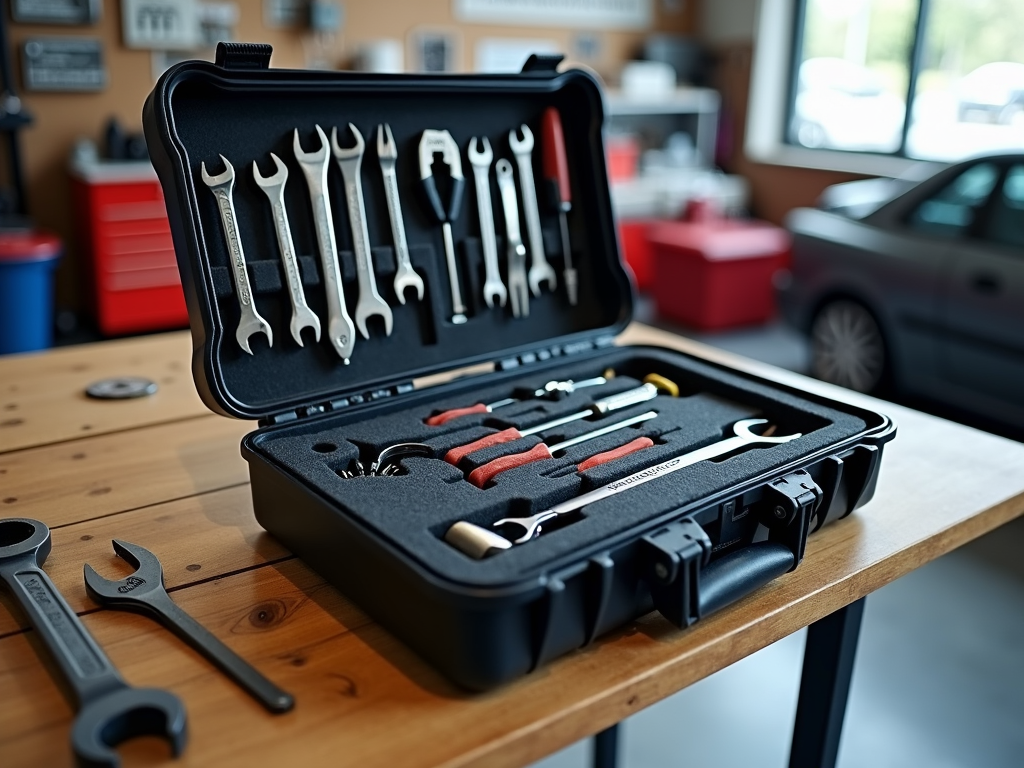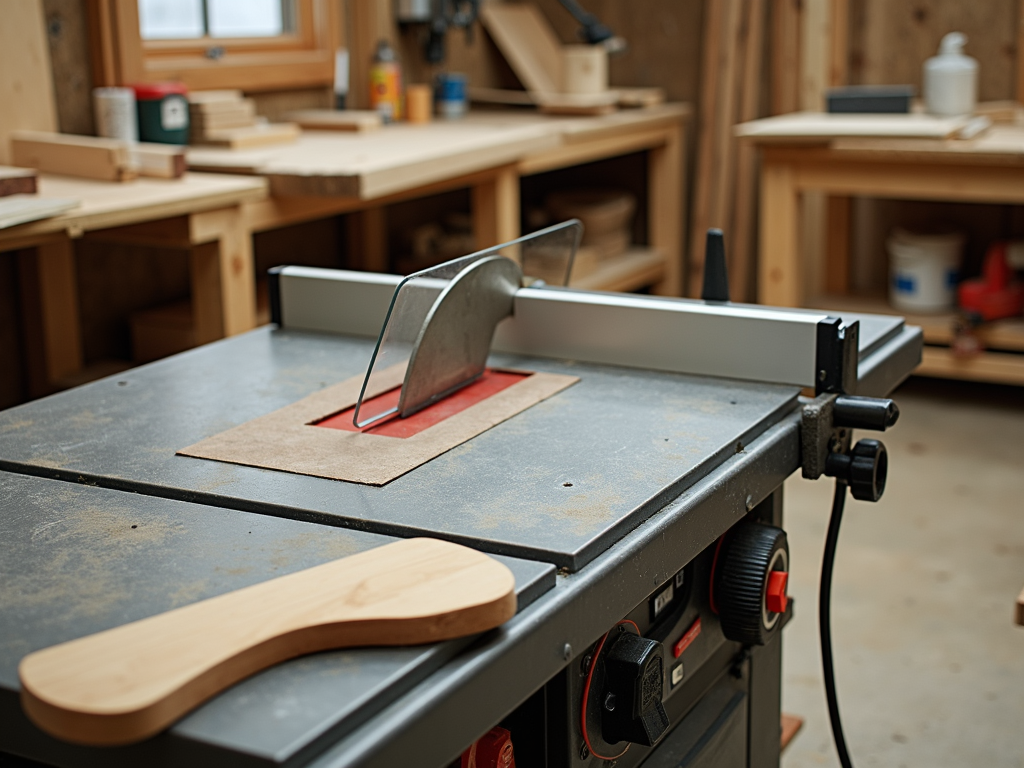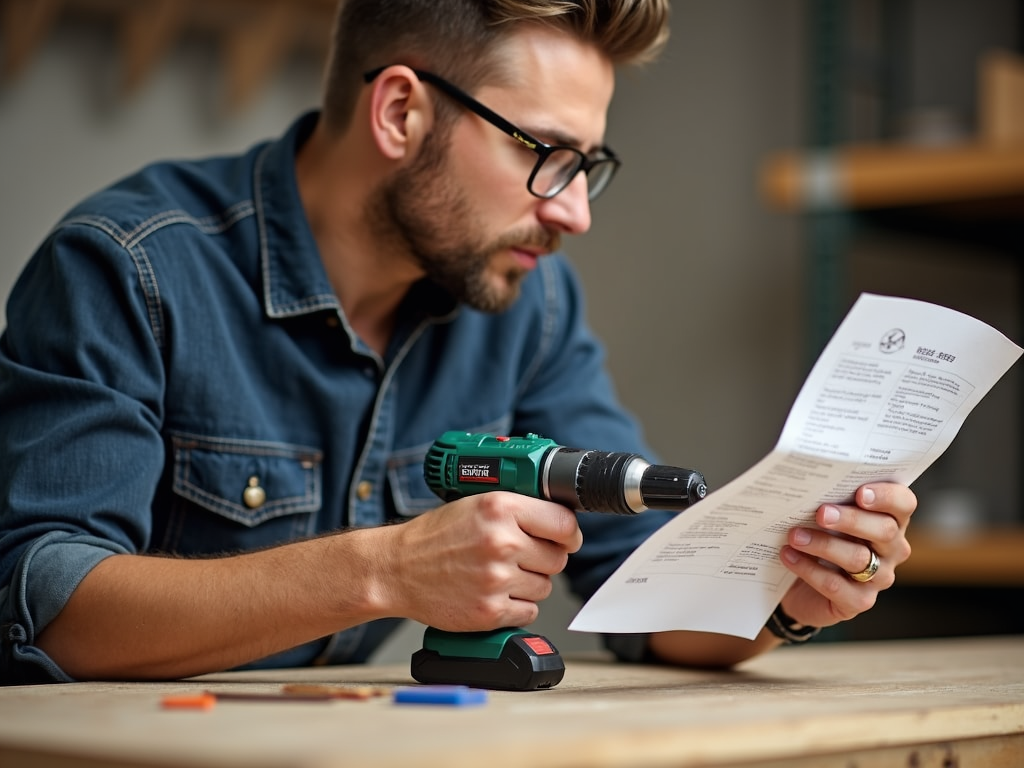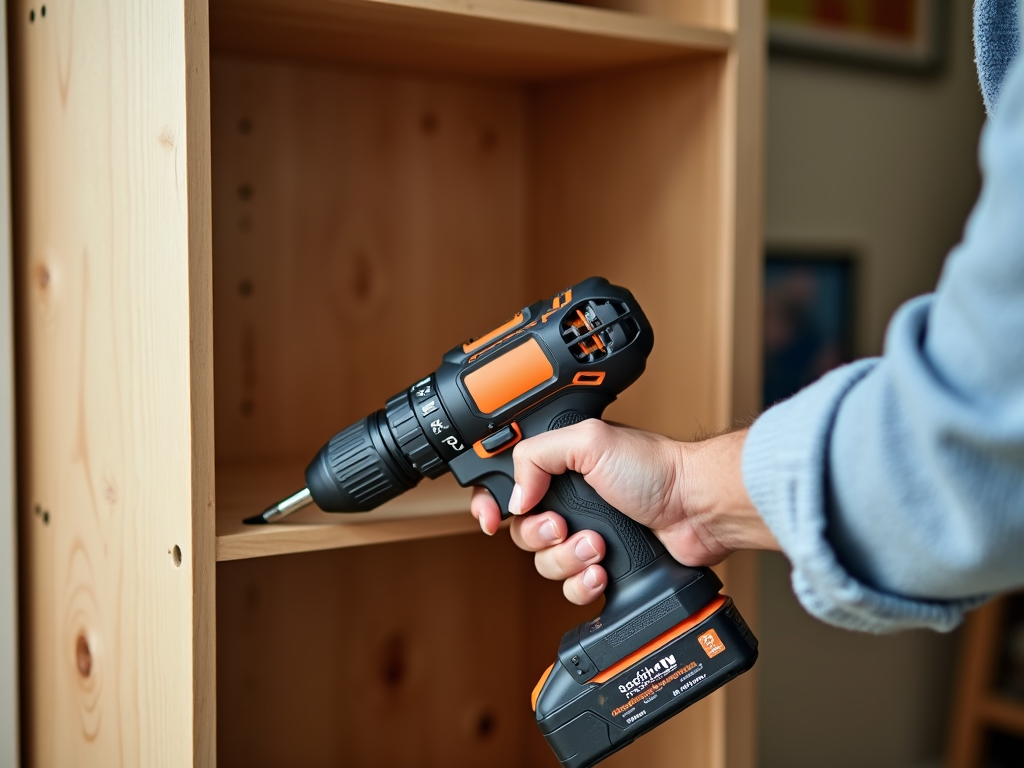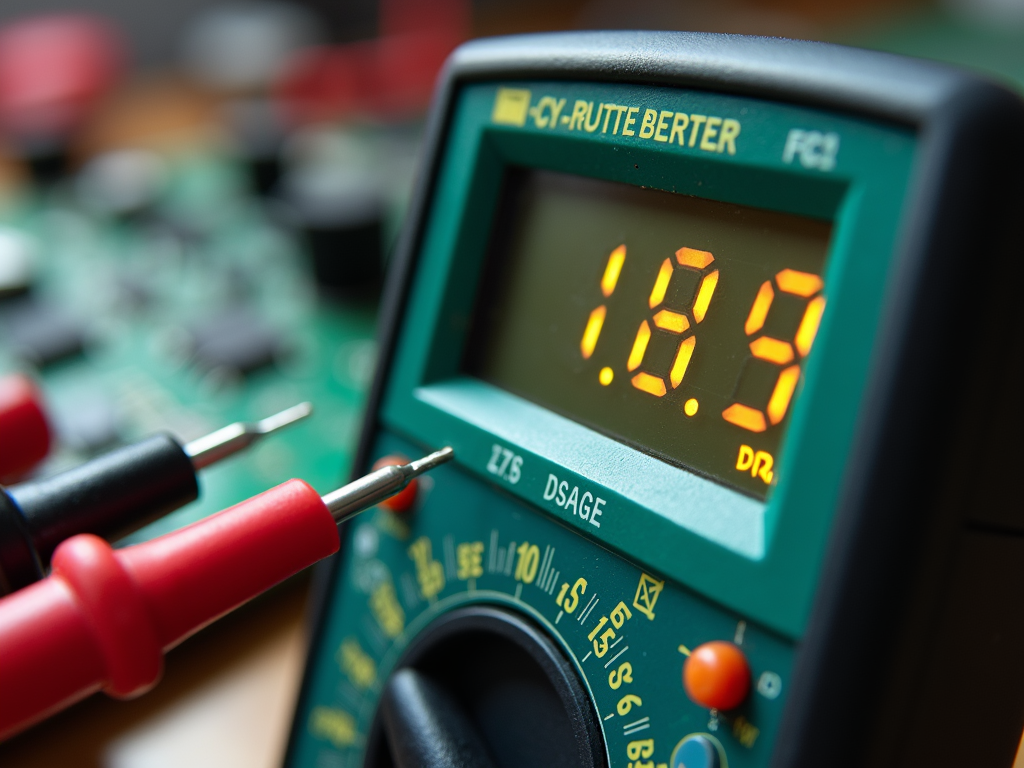Metalworking is a craft that blends skill, creativity, and a bit of grit. As an experienced metalworker, you’ve got the basics down—goggles, gloves, and a solid work ethic. But advanced projects demand more than the usual precautions. This article explores Advanced Safety Techniques for Experienced Metalworkers to keep you safe while pushing your limits in the shop. Expect practical tips, personal stories, and a focus on Safety First: Protecting Yourself in the Metalworking Shop.

Understanding Advanced Safety Gear
You’ve worn basic safety gear for years, but advanced metalworking calls for more. Think beyond the standard stuff. When fumes or tiny metal bits fill the air, a dust mask isn’t enough. A full-face respirator with a P100 filter traps those nasty particles. I once worked on a project cutting old steel pipes—without a good respirator, I’d have been coughing for days.
Your eyes need extra care too. Regular goggles are fine for small jobs, but grinding or cutting? Upgrade to impact-resistant glasses with side shields or a full-face shield. And don’t skimp on gloves. Leather’s great, but for hot or sharp metal, I swear by Kevlar-stitched ones. They’ve saved my hands more times than I can count.
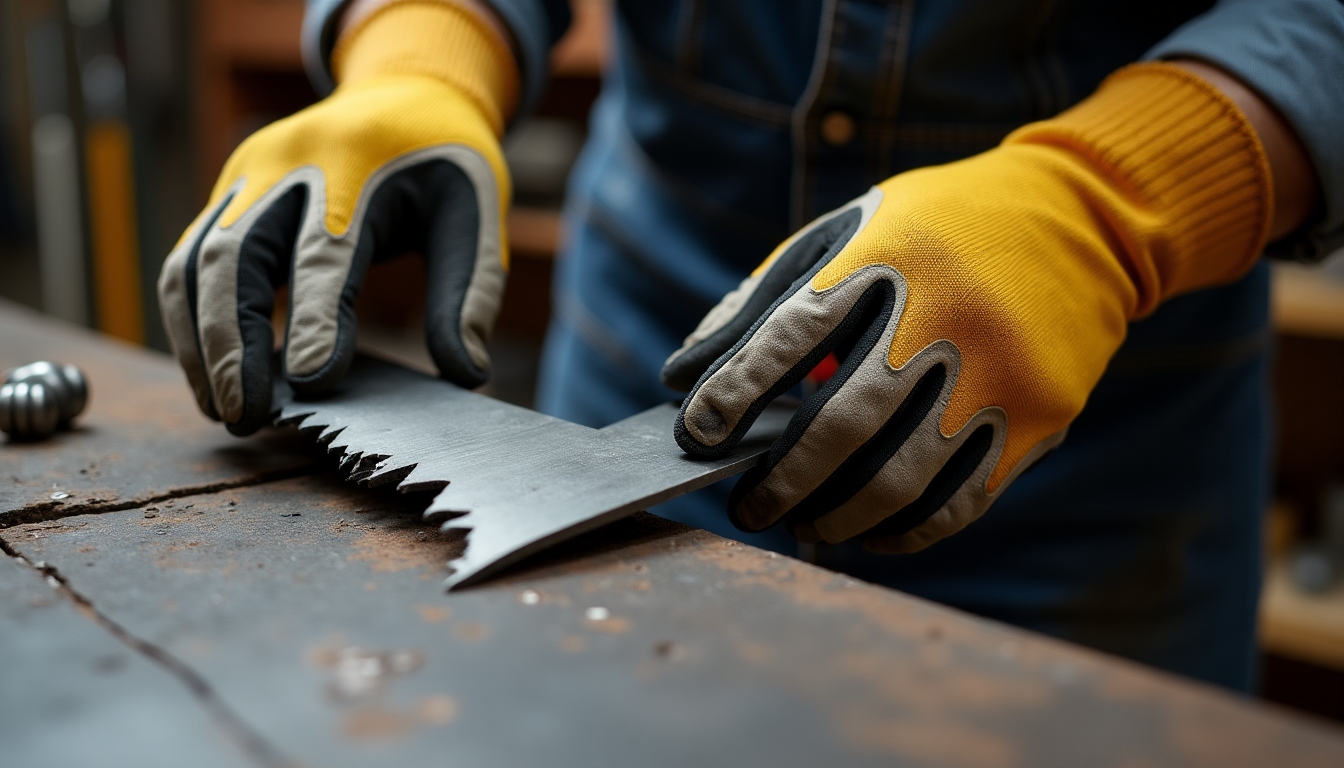
Safe Handling of Complex Machinery
Experienced metalworkers often tackle big machines—think CNC routers, laser cutters, or plasma torches. These workman tools for metalworking are game-changers, but they can bite if you’re not careful. Always read the manual and know your machine inside out. I learned this the hard way when a CNC spindle jammed because I skipped a safety check.
Here’s a quick checklist: - Emergency Stop: Keep it within arm’s reach. - Training: Don’t assume you know it all—get proper instruction. - Maintenance: Tighten loose bolts and replace worn parts.
A well-cared-for machine doesn’t just last longer; it keeps you safe.

Hazardous Material Management
Metalworking isn’t just about steel and sparks. Some metals—like lead or cadmium—can poison you if mishandled. Chemicals for plating or cleaning? They burn skin fast. Store them in labeled containers, far from heat. I once saw a guy accidentally spark a fire because he left solvent-soaked rags near a grinder.
Wear the right gear: chemical-resistant gloves, aprons, maybe even a full suit. Ventilation is non-negotiable—open windows or use an exhaust fan. Check the Material Safety Data Sheet (MSDS) if you’re unsure. It’s dry reading, but it beats a trip to the ER.

Emergency Protocols
Accidents happen, even to pros. Be ready. Stock your shop with fire extinguishers, a first aid kit, and an eyewash station. Know where they are—seconds matter. I once splashed coolant in my eye; that eyewash station was a lifesaver.
For small cuts, wash and bandage. For big stuff—like burns or deep gashes—call for help fast. Keep a list of emergency numbers handy: hospital, poison control, even a buddy who can drive you. Preparation turns chaos into control.

Ergonomics and Long-term Health
Years of bending, lifting, and hammering can wear you down. Ergonomics isn’t fancy—it’s survival. Set your workbench so you’re not stooping. I adjusted mine after months of back pain, and it’s like night and day.
Take breaks every hour. Stretch your arms, roll your shoulders. Lifting heavy metal? Bend your knees, not your back. Use a dolly or a friend for the big stuff. Your body’s a tool too—keep it sharp.

Real Talk: Lessons from the Shop
I’ve been at this for years, and one thing sticks out: safety isn’t a checklist—it’s a mindset. Once, I rushed a weld without double-checking my gear. A stray spark hit my sleeve—lucky it didn’t catch. That taught me to slow down and respect the process.
Talk to other metalworkers too. A friend told me about using anti-fatigue mats—game-changer for long shifts. Little tweaks like that add up. Share what you know; it keeps us all safer.

Tools That Help
Good hand tools and workman tools make safety easier. A sharp blade cuts cleaner than a dull one—less kickback. Invest in quality. My go-to is a pair of locking pliers that grip tight without slipping. Check out OSHA’s guidelines (www.osha.gov/metalworking) for more tool tips.
Power tools? Look for ones with built-in safety—like guards or auto-shutoffs. They cost more, but so does a hospital bill. Keep them clean and stored right—rusty tools are risky tools.

Summary
Mastering Advanced Safety Techniques for Experienced Metalworkers means going beyond the basics. It’s about smart gear, machine know-how, handling risky stuff, being ready for trouble, and keeping your body strong. Safety isn’t just rules—it’s how you thrive in the shop. Stay sharp, stay safe.
Related Advanced Safety Techniques for Experienced Metalworkers:
- How to Choose the Right Workman Tools for Your Project
- Maintaining Your Metalworking Tools for Safety and Performance
- Innovative Workman Tools in 2024: A Game Changer for Workshops
- Tool Maintenance Tips for Mechanics: Keeping Your Tools in Top Shape
- How to Organize Your Tool Collection for Maximum Efficiency
- Safety First: Essential Gear for Workman Tool Users
- Mastering Complex Projects: A Guide to Advanced Workman Tools
- The Future of Woodworking Tools: Safety and Innovation
- 5 Common Mistakes with Power Tools and How to Avoid Them
- Best Cordless Drills for Every Budget: A Comprehensive Guide
- The Ultimate Guide to Specialized Workman Tools for Metalwork
- Choosing the Right Multimeter for Your Needs: A Comprehensive Guide
